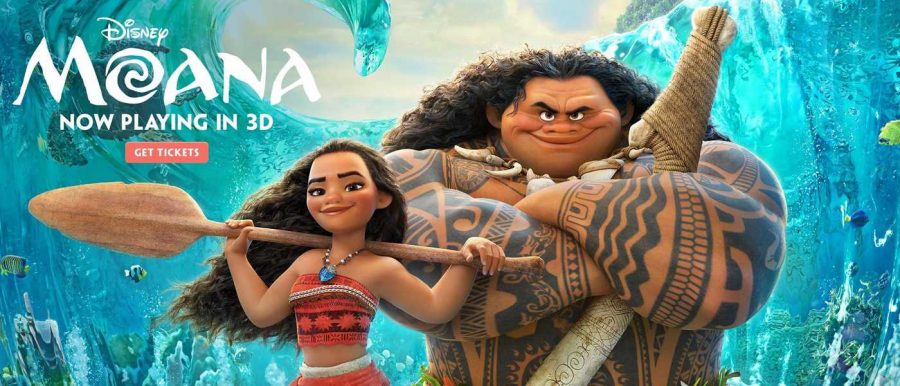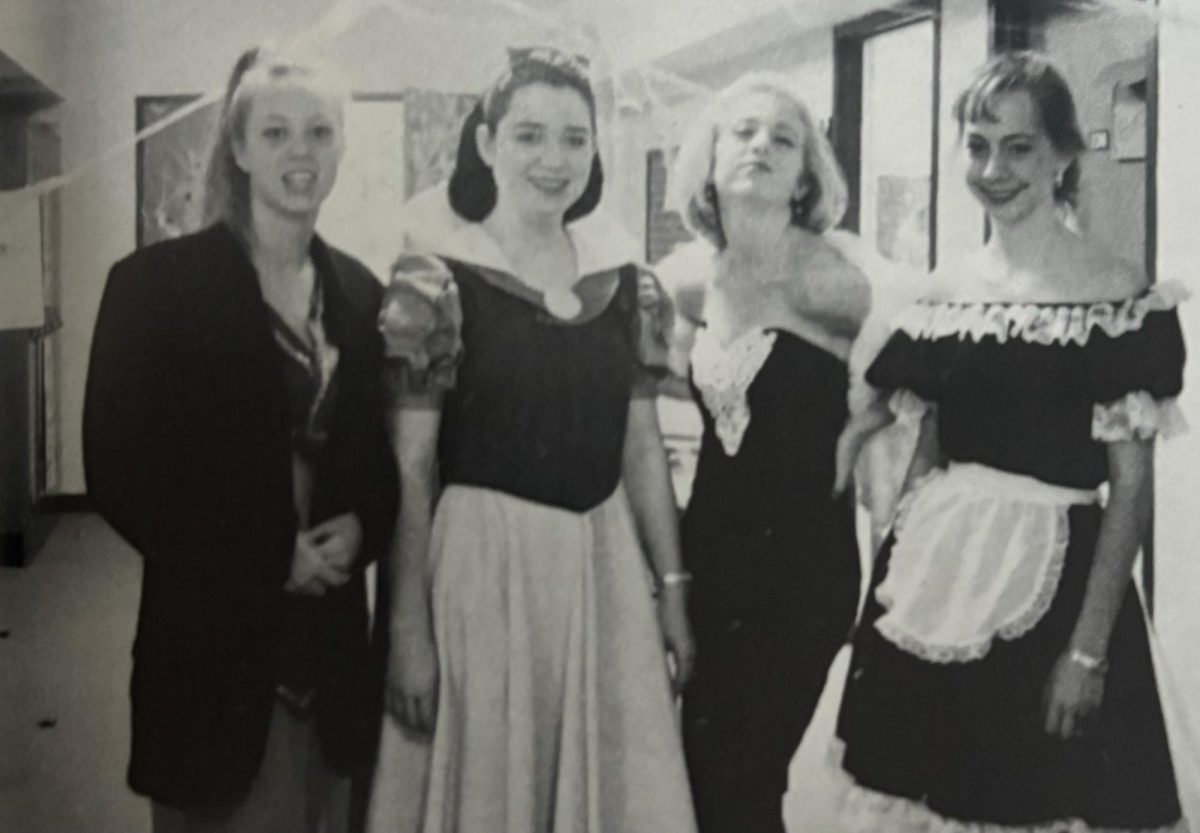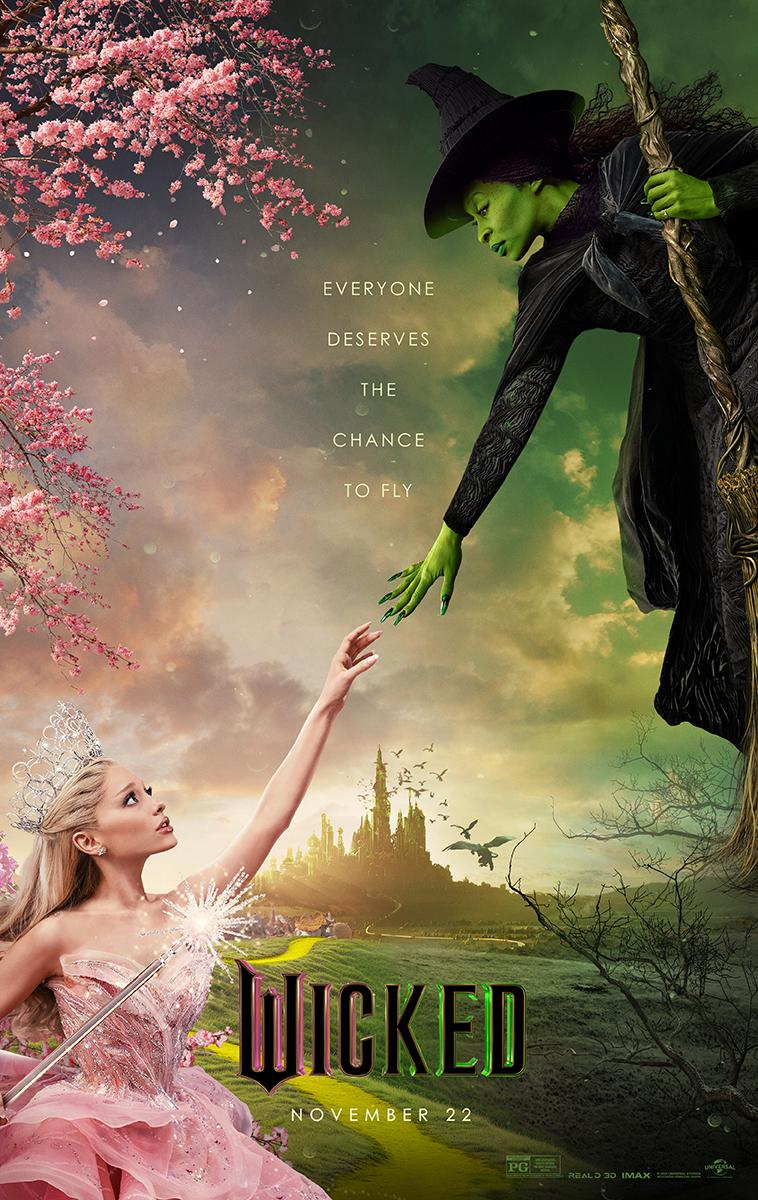I have always held Disney princesses near and dear to my heart. I was the girl who rotated through various Disney princess costumes each Halloween and watched their movies on repeat. To this day, I have the lyrics to Pocahontas’ “Colors of the Wind” and Ariel’s “Part of Your World” memorized.
These Disney princesses, however, have not been viewed as flawless embodiments of the “ideal woman,” especially in a world of growing consciousness. The two most recurrent criticisms I have heard and gathered about them point to first, their lack of diversity in body image; and second, their lack of racial diversity.
I remember attending a session on the uniformity of Disney princesses three years ago at a Duke Talent Identification Program summer camp, and it was then that I truly began to perceive these princesses’ faults. It turns out that many of these princesses could be sisters with their remarkably similar huge eyes and disproportionate head-to-tiny waist ratio.
From a racial perspective, out of the 14 Disney princesses that have emerged, ranging from Snow White’s 1937 debut to Anna and Elsa’s 2013 inception, five—including newcomer Moana Waialiki—have been princesses of color. In a map drawn by a DeviantArtist of the movie locations of 52 Disney animated films, you can see that Snow White, Rapunzel, Cinderella, Belle and other princesses are clustered in the European region. Mulan stands alone in China, as does Jasmine east of the Arabian peninsula.
Despite this, it’s not that Disney’s portrayal of princesses is completely backward. I do acknowledge and respect that Disney has made significant strides in terms of the representation of women. The stories of some of my favorite princesses—Mulan, a warrior who took the place of her father in the face of battle; and the sisters of “Frozen,” whose love for each other ultimately reigns supreme in a feminist twist—are refreshing and compelling through their unexpected narratives.
When I first saw the trailer for “Moana” this summer, I was ecstatic. Moana, the daughter of the chief of a fictional Polynesian tribe, represented hope that the future would bring a more diverse lineup of Disney heroines. According to the Disney website, Moana is “an adventurous teenager who is inspired to leave the safety and security of her island on a daring journey to save her people.”
From this short description, we already see that Moana will continue to break out of the distressed-damsel mold that predecessors like Tiana of “The Princess and the Frog” and Merida of “Brave” have cracked. Additionally, Moana is on a quest to find her own identity; she does not pursue a love interest over the course of the film.
Furthermore, Moana is the first Pacific-Islander princess. For Asian-American and Pacific Islander audiences (and really, for all audiences), this is thrilling. As an Asian-American, from a young age I had always admired and identified with strong, courageous Mulan. I am glad that Disney is opening its avenues to represent Polynesian culture, and generally, cultures not typically depicted in mainstream media.
That said, “Moana,” which opened in theaters on Nov. 23, did receive criticism for “culture theft,” as some say that the filmmakers have carelessly blended elements of various specific Polynesian islands in order to create a mouthwatering piece of entertainment. These critics have also questioned Disney’s ability to represent the hundreds of Polynesian languages and ethnic groups in one movie.
While I understand these criticisms and the complexity of portraying a minority culture for the first time in a children’s movie, I also believe that “Moana” had positive intentions and that it is movies like these that will ultimately allow us to reach a level of greater mutual understanding and respect. We need to understand that animated movies have flaws and that princesses like Moana, who emphasize resilience and bravery and independence, are hallmarks of a turning tide in the Disney princess industry.
In response to this turning tide, the public’s reception to the film speaks for itself: “Moana” had the second best Thanksgiving weekend opening of all time, raking in $81.1 million at the box office over the holiday break.
Lastly, movie directors Ron Clements and John Musker, aware of the importance of portraying a healthy body image, gave the Polynesian princess a more proportionate body type. In doing so, Clements and Musker aimed to emphasize Moana’s physical strength, which enables her to climb mountains, sail on the open sea and escape from a cave trap in the movie. At a July press event, Musker said that “We wanted her to be an action hero, capable of action.”
And Moana will surely be just that—a hero, an action hero, defying those two main criticisms on Disney princesses. For me, Moana is one more reason to love those royal heroines.
– Elizabeth Guo – Copy Editor –











